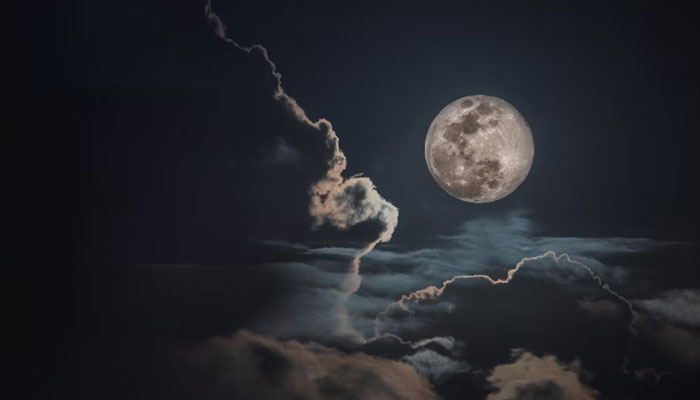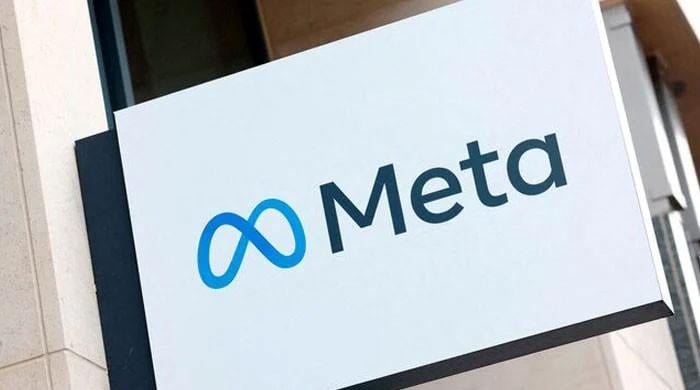How COVID-19 lockdowns influenced moon's temperature?
Surprising new report reveals how lockdowns on Earth during COVID-19 left their mark even on the moon
October 06, 2024

A new report has revealed that the effects of the COVID-19 pandemic were not only observed on the Earth, but were also felt as far away as the moon.
The COVID-19 pandemic instilled widespread panic on Earth as the highly contagious virus claimed numerous lives across the globe in a short period, prompting the world to enforce lockdowns, significantly reducing human activity.
Although the unfamiliar sight of deserted streets, grounded air travel and halted economic activities unsettled many, the COVID-19 lockdowns resulted in an unintended positive impact on the environment.
The air quality index (AQI) improved to a great extent as lockdowns resulted in a drastic decrease in air pollution and greenhouse gas emissions within weeks.
Surprisingly, a new report suggests the impact of the COVID-19 lockdowns was not only observed on the Earth, but also left a mark on the moon.
According to the study, published in "Monthly Notices of the Royal Astronomical Society: Letters", the moon's surface cooled during the Spring 2020 stay-at-home orders, the New York Post reported.
"Lunar night-time surface temperatures of six different sites on the Moon’s nearside were analysed during the period 2017–2023," the authors wrote.
"Results showed an anomalous dip in the lunar night-time surface temperatures for all the sites during April–May 2020. Essentially, the substantial changes in human behaviour on our planet during worldwide stay-at-home orders left a considerable mark," per the study.
This effect was observed only during nighttime, and chalked up to "[solar] radiation emitted from Earth" — which can have a "significant impact on the lunar surface temperatures," the team noted.
This is because, the researchers stated, solar radiation does not impact the moon during its nighttime phase, only during its day.
As the National Aeronautics and Space Administration (Nasa) and other space agencies are rolling out a return to the lunar surface, there are also increasing calls to implement a time zone for the moon, to keep things as accurate as possible.









